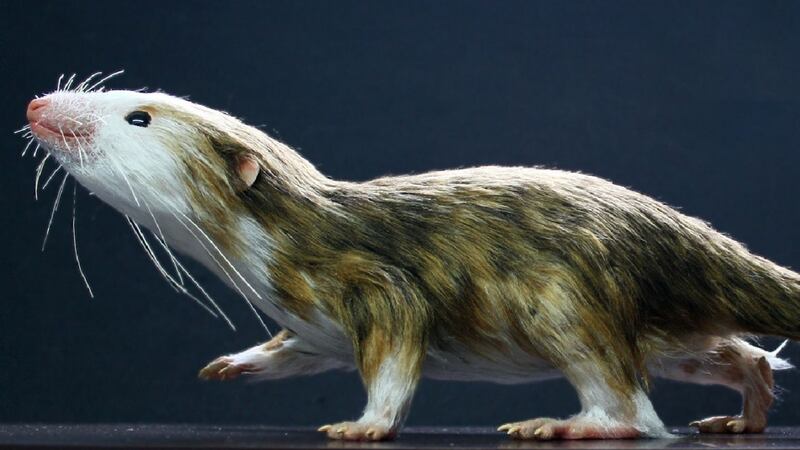Sometimes the best things come in small packages – and this appears to be true for mammals, according to new research.
A study has found that shrinking played a key role in the success of mammalian evolution over the past 200 million years.
While some dinosaurs grew to an enormous size, the ancestors of modern mammals adopted a very different strategy. They got smaller.
The Anglo-American team of scientists used computer analysis to look at how early mammals benefited from miniaturising their skeleton.
They specifically focused on the mammalian lower jaw, which is unique in consisting of a single bone bearing teeth.
All other vertebrates possess complex lower jaws formed by at least five or more bones joined together.
Over millions of years, the lower jaw of mammals became simplified and some of the “surplus” bones moved into the middle ear to aid hearing.
The study, published in Nature journal’s online edition, showed that small size significantly reduced stress in the jaw bones when feeding.
At the same time, the jaw remained powerful enough to grip and bite through tiny prey such as insects.
Lead researcher Dr Stephan Lautenschlager, from the University of Birmingham, UK, said: “Getting very small appears to have been crucial for our mammalian ancestors. This allowed them to reduce the stresses in the jaw during feeding and made the restructuring of the jaw bones possible.”
Colleague Professor Emily Rayfield, from the University of Bristol, said: “Using computational methods we can offer explanations to how our mammalian ancestors were able to maintain a working jaw while co-opting bones into a complex sound detection system.”








